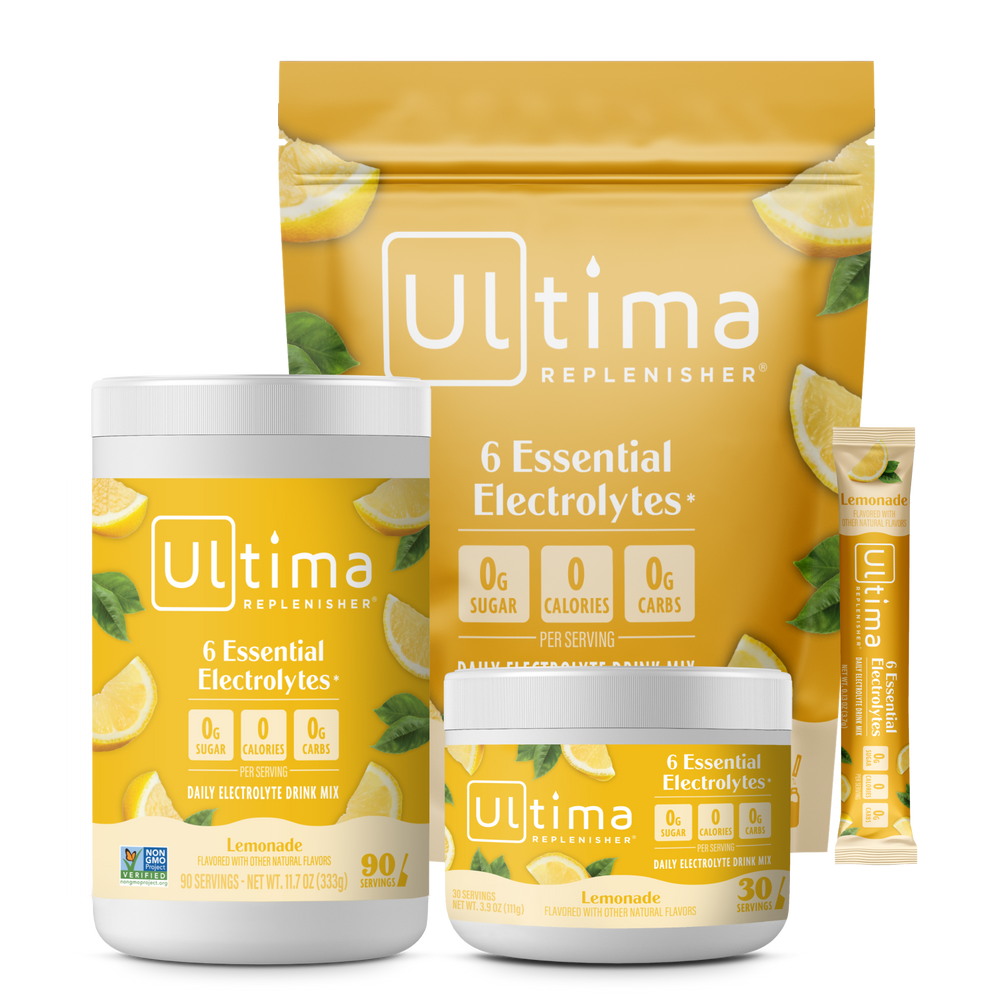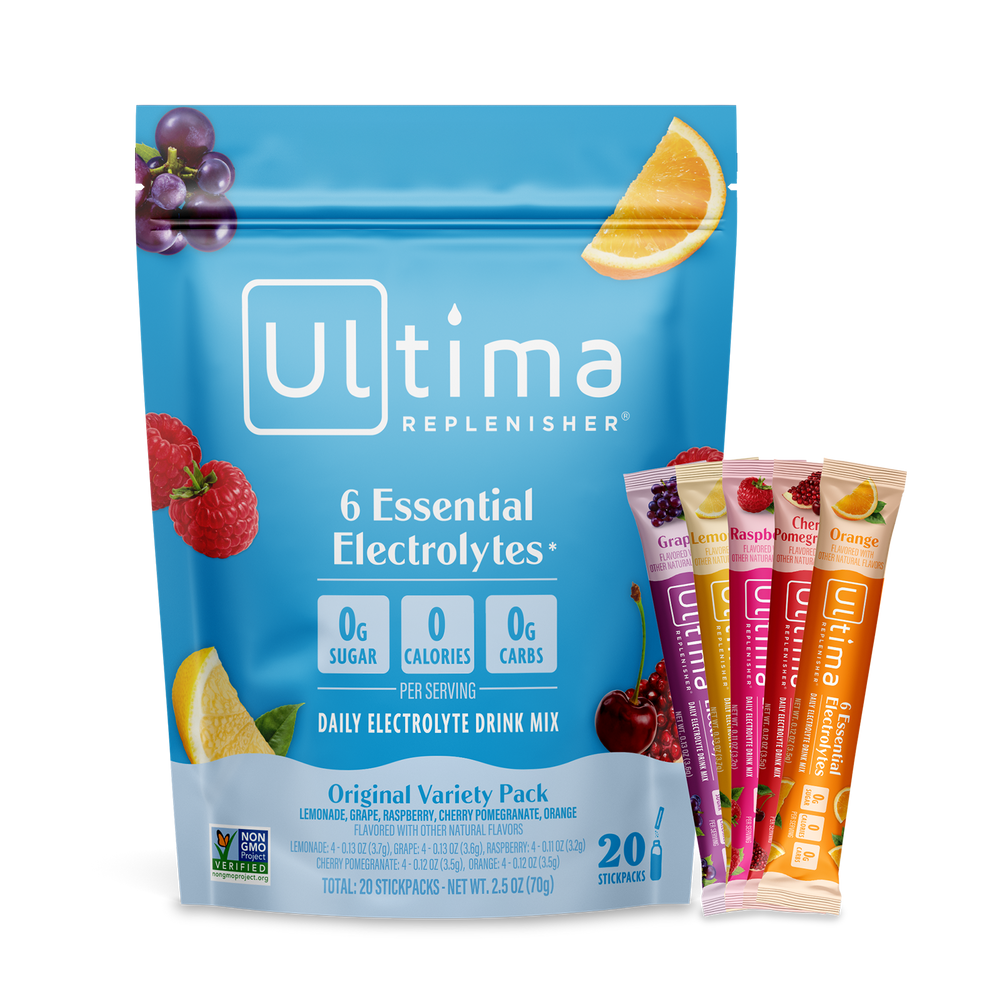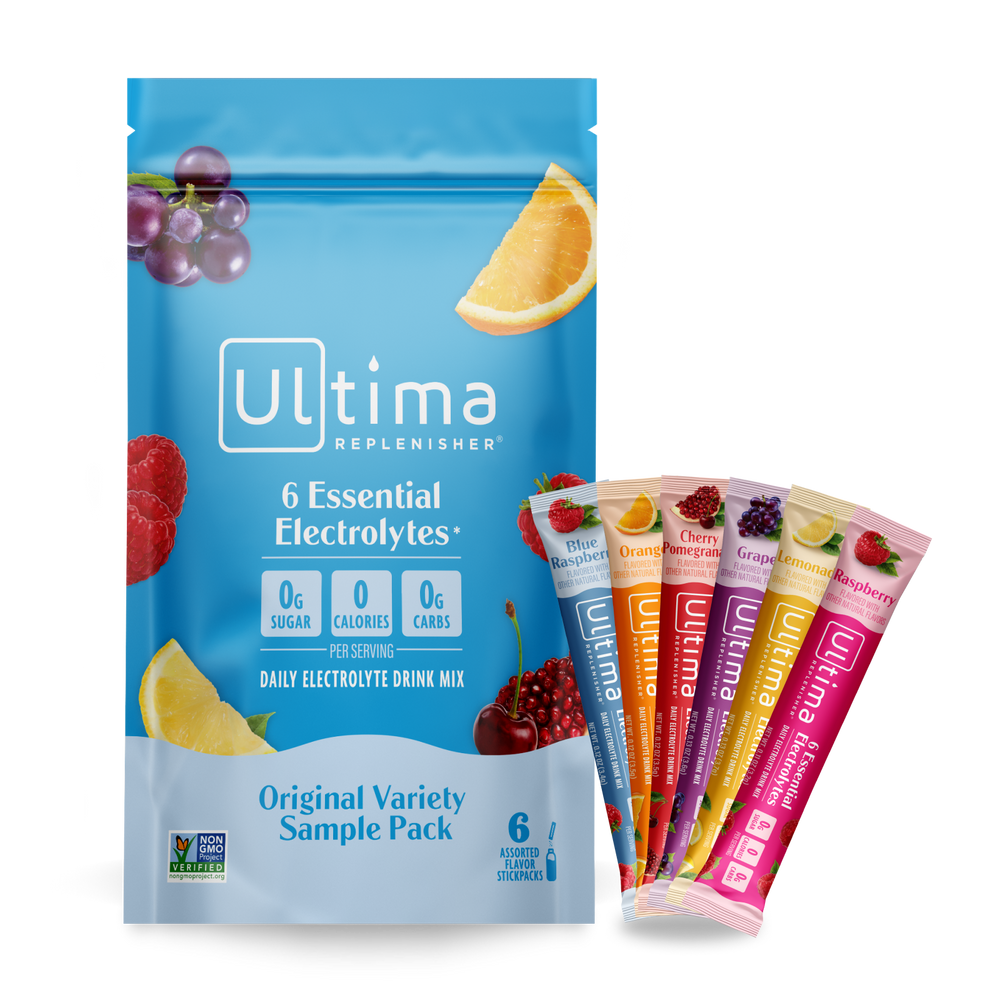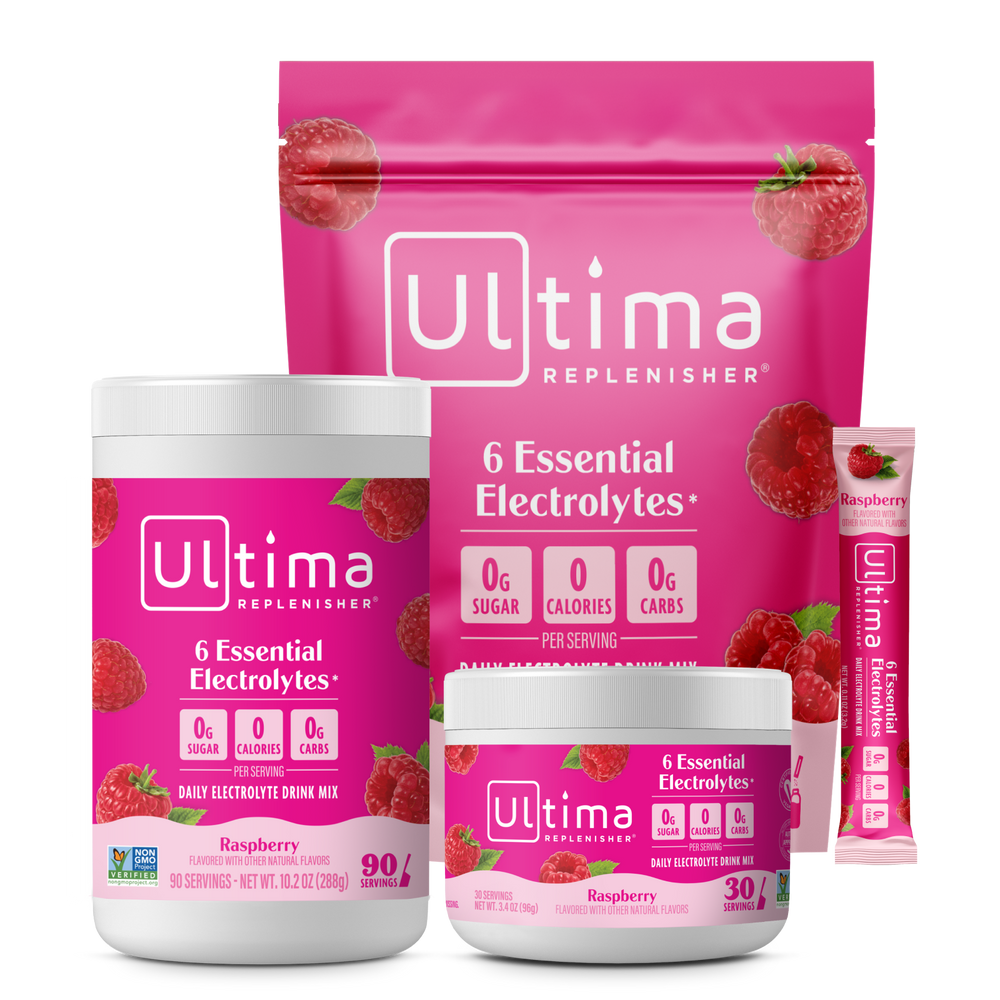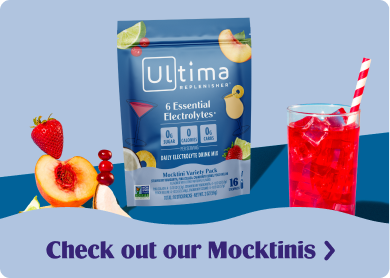
Simple Lifestyle Tips to Help Manage POTS
Living with postural orthostatic tachycardia syndrome (POTS) or parenting a child with POTS can be challenging. But, there are some simple lifestyle changes you can make to help manage symptoms in ways that can help improve your life.
What Is POTS?
If you are already familiar with or living with POTS, you can skip to the next section. POTS is a type of dysautonomia, which means it affects the nervous system’s ability to regulate vital functions like blood pressure, heart rate, body temperature, digestion and other body functions. Blood vessels don’t respond and contract the way they should, which can cause the heart to work harder to circulate blood from the lower body, especially when standing for more than just a few minutes.
People with POTS can have various symptoms, such as:
- Lightheadedness or fainting when standing
- Heart palpitations
- Trouble focusing, remembering or paying attention
- Nausea and vomiting
- Severe or long-lasting fatigue
- Excessive sweating
- Headaches
Symptoms can worsen if standing for a while or in warm to hot environments, even when taking a hot shower.
POTS can occur as a result of another health condition that damages nerves, like lupus or diabetes, or it can occur on its own as a primary disease. Either way, it can be quite disruptive to someone’s life.
Simple Tips to Help Manage POTS
This article is for information only and is not to be considered as medical advice. Please talk to your doctor before making any changes that could affect your health or treatment plan.
1. Hydrate with electrolytes.
One of the reasons we write about POTS is because hydration, particularly fluid and salt intake, is key to managing the condition for many people. While electrolytes sodium and chloride (which make up salt) are key in helping the body balance and regulate fluids, potassium also works with sodium to help maintain fluid balance in the body and help support the heart muscle as well.
When choosing the best hydration drink for POTS, you may want to stay away from ones with sugar or artificial sweeteners because these ingredients can cause digestive distress. Excess sugar can also worsen symptoms due to rising and crashing blood sugar levels. Talk to your healthcare team before starting any new routines.
Ultima Replenisher electrolyte mixes give you healthy hydration with 6 vital electrolytes and without any junk and with no sugar, carbs or artificial colors, flavors or sweeteners. We use organic stevia and plant-based flavors to make our drinks sweet and delicious. (Read more: Understand the Role of Electrolytes in Managing POTS.)
2. Eat a well-balanced, low-carb diet in smaller portions.
As mentioned above, sugar can negatively affect your symptoms. You may want to eat a diet low in carbs and refined flours and starches, focusing on eating protein with each meal and balancing your diet with vegetables and fruit. You may need to limit starchy vegetables (like potatoes), dairy or gluten for better results. When first diagnosed, finding the right balance may take trial and error, but be aware that things like dairy, gluten, sugar, flours, starches and other high-carbohydrate foods may cause a reaction. Knowing this can help you identify and eliminate .
After you eat, your body sends more blood to the areas involved in digestion. This means if you have POTS, eating a large meal could increase your symptoms, particularly lightheadedness, fatigue and headaches. If you eat smaller portions throughout the day, you may experience a better result.
3. Avoid alcohol…and maybe caffeine?
Alcohol is dehydrating and can make POTS symptoms worse by dilating blood vessels. This potentially could add to the circulation and blood pooling problem POTS already poses. Caffeine, however, may be something to ask your doctor about. It can make symptoms worse for some people, but small amounts of caffeine may help make POTS symptoms better in other people
4. Change sleeping habits.
Getting good sleep is essential for everyone, especially people with one or more health conditions. Sleeping with the head of your bed raised can help prevent the fluid shifts that contribute to morning POTS symptoms. Aim for a 30-degree elevation that raises your body so your feet are lower than your hips. If you only raise your head and shoulders with some pillows, you may not get the intended benefit.
5. Avoid prolonged standing.
With POTS, as you stand, blood pools in the lower body having a hard time recirculating to the heart. If you need to stand for a long time, flexing and squeezing the muscles in your legs and feet can help. Also, try to move a bit, shifting your weight from one foot to the other. The goal of flexing your muscles and moving your feet and legs is to help the blood flow back to your heart.
If you know you’re going to be standing—whether it’s shopping, working or traveling—keep in mind that hydration may help, too. Studies show in tolerating upright posture. One study showed participants with POTS who drank 16 ounces of water before standing were able to stand 36% longer than those who drank no water.
6.Exercise regularly.
Regular movement through gentle or low-intensity exercise is important for blood circulation as well. Typically, exercises that don’t require standing or upright positions may be best, like recumbent cycling or swimming. The pressure water exerts while swimming adds another benefit for people with POTS. Pilates and resistance training, particularly to strengthen the muscles in the lower half of the body may also be beneficial. It’s important, however, you work with your doctor or other healthcare professional to set up an exercise plan that’s right for you.
7. Wear compression socks.
Wearing compression socks rated at 20-30 mmHG have been shown to reduce the blood pooling that occurs in POTS patients when changing position or standing for extended periods. If you’re not used to wearing compression socks, you may want to try the 15-20 mmHG ones first to adjust to the tightness around your legs. Check with your doctor to see what they recommend for your personal health needs.
There are also plenty of POTS organizations and online support groups that can help. Having a healthcare team you trust—such as your doctor, nutritionist, physical therapist and other healthcare professionals—can help you align advice, lifestyle tips and more with your personal needs, symptoms and care management plan.
